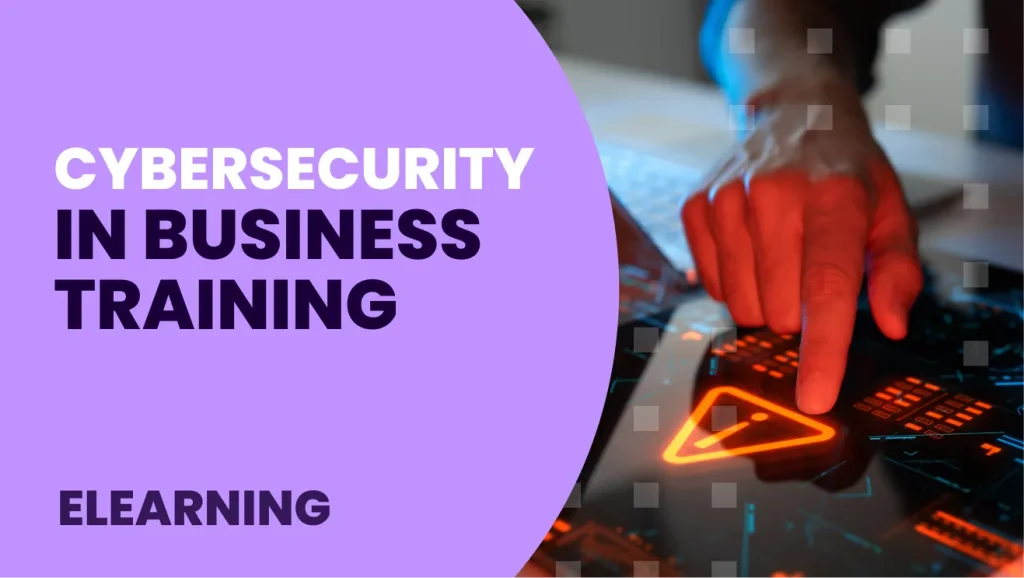Information is one of the most valuable assets of any organization. However, it is also the primary target of increasingly sophisticated cyberattacks. Digital threats, from phishing emails to credential theft and ransomware attacks, are growing every day.
According to various studies, over 80% of cybersecurity incidents are related to human error. This demonstrates that investing in technology alone is insufficient; people are the real first line of defense. This is where corporate cybersecurity training comes into play.
Why should cybersecurity be part of your business strategy?
Investing in cybersecurity training protects the organization and provides strategic benefits.
- Reduce real risks. Trained employees can detect fraud, identity theft, and unauthorized access.
- Regulatory compliance: the GDPR and other regulations require awareness measures for those who handle sensitive data.
- Reputation and trust: a security breach affects not only systems, but also the company’s image.
- Upskilling digital: Preparing teams for safety strengthens their digital skills and ability to adapt to the future of work.
LMS and cybersecurity training
The most effective way to implement a training plan is through a corporate learning management system (LMS). Platforms like Moodle and Goodle allow you to design awareness programs tailored to your company.
Its main advantages include:
- Full accessibility: Courses are available anytime, anywhere, and on any device.
- Practical simulations: Integration of exercises, such as simulated phishing attacks, to train staff responses.
- Tracking and metrics: real-time reports to assess progress and identify areas for improvement.
- As with other training programs, the key to success with interactive and personalized content lies in designing dynamic and tailored learning experiences. This article explains how to apply interactive content successfully in Moodle.
- Internal certifications include digital diplomas and badges that demonstrate proficiency in digital security.
An LMS transforms cybersecurity training from a one-time event into a continuous, scalable process.

How to implement a cybersecurity training plan
- Initial diagnosis: assess the level of digital security awareness within the company.
- Define tailored content: each professional profile requires a specific approach.
- Create progressive itineraries ranging from basic best practices, such as secure password use, to advanced simulations.
- Increase motivation with gamification, badges, and challenges.
- Threats evolve, so content must constantly update.
Practical cases of cybersecurity training
- Secure onboarding: include cybersecurity modules in the onboarding process for new employees.
- Use real simulations to train staff with controlled phishing campaigns.
- Compliance programs: designing training itineraries that certify regulatory compliance.
Towards a culture of digital security
Cybersecurity should be understood not as an isolated course, but as part of an organization’s culture. When people internalize their responsibility for protecting the company’s data and information, security becomes a shared value rather than a technical obligation.
In an era of increased exposure to attacks due to remote working, the cloud, and artificial intelligence, continuous cybersecurity training is the best insurance for any company’s stability and growth.
Conclusion
Investing in cybersecurity training protects companies from threats, ensures regulatory compliance, and strengthens customer and partner trust. At 3ipunt, we help organizations implement cybersecurity training plans using Learning Management System (LMS) solutions, such as Moodle and Goodle, that are tailored to each team’s needs.





